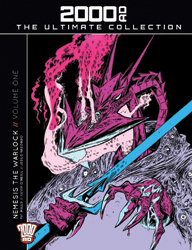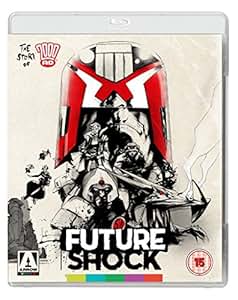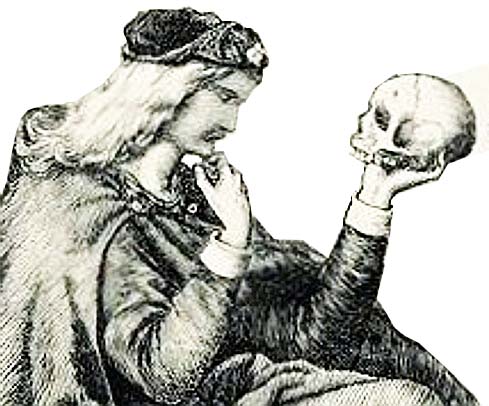
The Last Jedi is a beautiful empty thing that follows
a similar template to its predecessor, The Force Awakens: a band of plucky
rebels attempt to stymie a new imperial threat while old favourites from the
original trilogy are added to warm the hearts of older fans. But unlike TFA, this film lacks the brio
and momentum provided by JJ Abrams’s direction as well as its surprise elements
(the new villains, the new masks, the new lightsabres, the stormtrooper turned
hero subplot, the Han and Leia family issues). The Last Jedi is a flabby affair
that needed some ruthless editing – there is too much aerial footage of Skellig
Michael; there’s a section set on an intergalactic version of Las Vegas that
seems to have been included to show off CGI technology rather than advance the
plot; and at least three endings. There is also too much Carrie Fisher, who
really doesn’t seem match fit and too much Mark Hamill, the inclusion of whom
feels like a victory for sentiment over storytelling: they are there to appease
fans rather than advance the plot. Remove the film from the canon and you would
wonder why any director would want to spend so much time lingering on these two
characters.
As pretty as The Last
Jedi inevitably looks, the villains seem more underpowered than ever before.
Maybe it’s partly due to Po Dameron’s baiting of him in the opening scene, but
Domhnall Gleeson is a watery, dweebish imperial commander and his accent and
bearing are reminiscent of an antagonist in a school play. Adam Driver, so good
in Paterson, is just too much like a sad sack bloodhound to be a convincing bad
guy and why bother making Andy Serkis into dent-headed skull creature when
there are few scarier actors than Andy Serkis himself?
Daisy Ridley and
John Boyega put in solid turns but they are not given the scope they had in
Force Awakens when they were allowed be funny and moving. Instead, the
spotlight is turned on the veterans Hamill and Fisher, who were never much good
in their roles.
As ever with
blockbusters, you are left wondering about the behind-the-scenes machinations,
the compromises that billion-dollar franchises inevitably force film-makers to
make to keep the fans happy, to secure marketing deals, to win over audiences
across the world. After all, this is as
much about maintaining the integrity of a brand and selling merchandise as it
is about telling a story, hence this slavishly conservative film that is aimed,
like all of the Star Wars films, at children but is desperately trying to keep
its nostalgic older viewers satisfied.
Watching The Last
Jedi you always feel aware that it is one segment of an enormous business, a
unit that is there is help keep the merchandising juggernaut ticking along.












